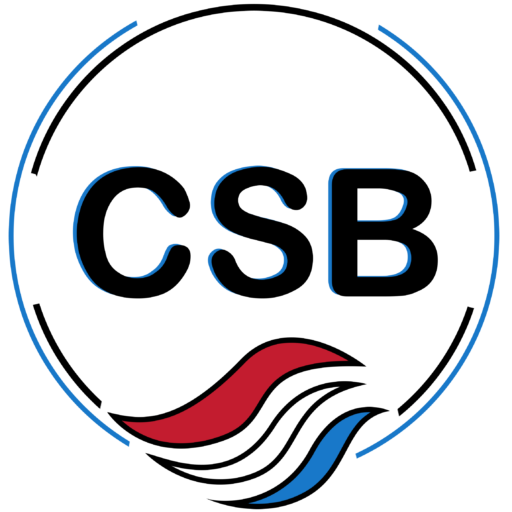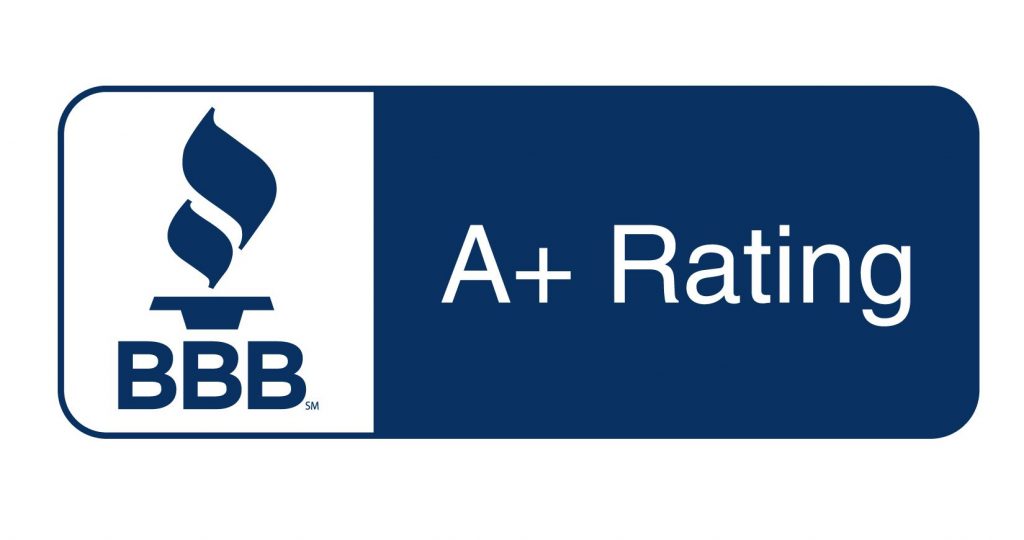Medicare is the federal health insurance program that provides health insurance coverage to people aged 65 and older, as well as younger folks who have certain disabilities and chronic conditions. Medicare is divided into four parts, including Parts A, B, C, and D. Each one covers a different kind of healthcare service. Medicare Part D specifically covers prescription drug coverage.
Medicare beneficiaries need to understand what TROOP means in Medicare. TROOP, the True Out-of-Pocket, is associated with Part D prescription plans. TROOP refers to the total amount of money you’ve spent on medications before reaching catastrophic coverage.
Today, we’re going to explain what TROOP is, how it works, and why you should monitor your TROOP costs if you have prescription drug coverage. We’ll also offer some strategies to lower your prescription costs.
What Is TROOP?
As we mentioned, TROOP stands for True Out-of-Pocket costs. It’s used to describe the total amount of money you haved paid for your prescription drugs while enrolled in a Part D plan. TROOP includes all costs, including deductibles, coinsurance, and copayments.
The reason TROOP is important is because it is used to determine when you qualify for catastrophic coverage, which is the final phase of coverage in every prescription drug plan, even if your prescription coverage is included within your Medicare Advantage (Part C) plan.
- Phase 1: Deductible Phase
- Phase 2: Initial Coverage Phase
- Phase 3: The Coverage Gap (Donut Hole)
- Phase 4: Catastrophic Coverage
When you reach the TrOOP threshold, you pay just a small percentage of the cost of your medications for the remainder of the year. The TrOOP threshold is calculated annually and usually increases each year.
Before you reach the TROOP threshold, you pay a higher percentage of the cost of your medications, especially while you’re in the third phase of coverage, otherwise known as the Medicare donut hole. The donut hole is a temporary limit on what your plan covers for prescriptions. In 2023, you enter the donut hole when you and your plan have spent $4,660 on covered medications. You leave the donut hole when your TROOP costs reach $7,400.
Once you’ve reached the TrOOP threshold, you’ll qualify for catastrophic coverage. This means you’ll pay only a small percentage of the cost of your medications for the rest of the year. Once you reach catastrophic coverage, you’ll pay no more than 5% of the cost of your drugs for the remainder of the year.
How TROOP Affects Medicare Beneficiaries
Knowing your TROOP costs is important because it helps you manage your prescription drug expenses. Once you’ve reached the TROOP threshold, your out-of-pocket expenses for prescription drugs will decrease significantly. Until then, you’ll be responsible for paying a larger percentage of the cost of your medications, which can add up quickly.
You should monitor your TROOP costs throughout the year to ensure you’re on track to reach the catastrophic coverage threshold. You can track your TROOP costs on Medicare’s website or by reviewing your monthly Part D plan’s statements. If you switch from one Part D plan to another during the year, your TROOP will follow you – you will not have to start over.
Strategies to Lower TROOP Costs
Let’s talk about a few ways you may be able to lower your prescription drug costs throughout the year.
Use Generic Drugs When Possible
The easiest first option to lower your TROOP costs is to use generic drugs whenever possible. Generic drugs are less expensive than name-brand drugs and the Federal Drug Administration (FDA) requires them to have the same effects as their name-brand counterparts.
Apply for Extra Help / Low-Income Subsidy
If you have limited income and resources, you might qualify for Extra Help, also known as a Low-Income Subsidy (LIS). Extra Help assists you in paying your prescription drug costs, including the premium, deductible, and coinsurance expenses. To see if you qualify, visit the Social Security Administration’s website or contact your local Social Security office.
Use Patient Assistance Programs
Many pharmaceutical manufacturers have patient assistance programs that help lower the cost of your medications. These programs provide discounts, coupons, or free medication to eligible individuals. To find out if you qualify for a patient assistance program, contact the drug manufacturer or speak with your healthcare provider.
Our advisors at Carolina Senior Benefits are Medicare experts and will provide you with guidance on choosing the right Part D plan for your needs. Call us today to learn more about TROOP and how we can help you make informed decisions about your Medicare plans.





